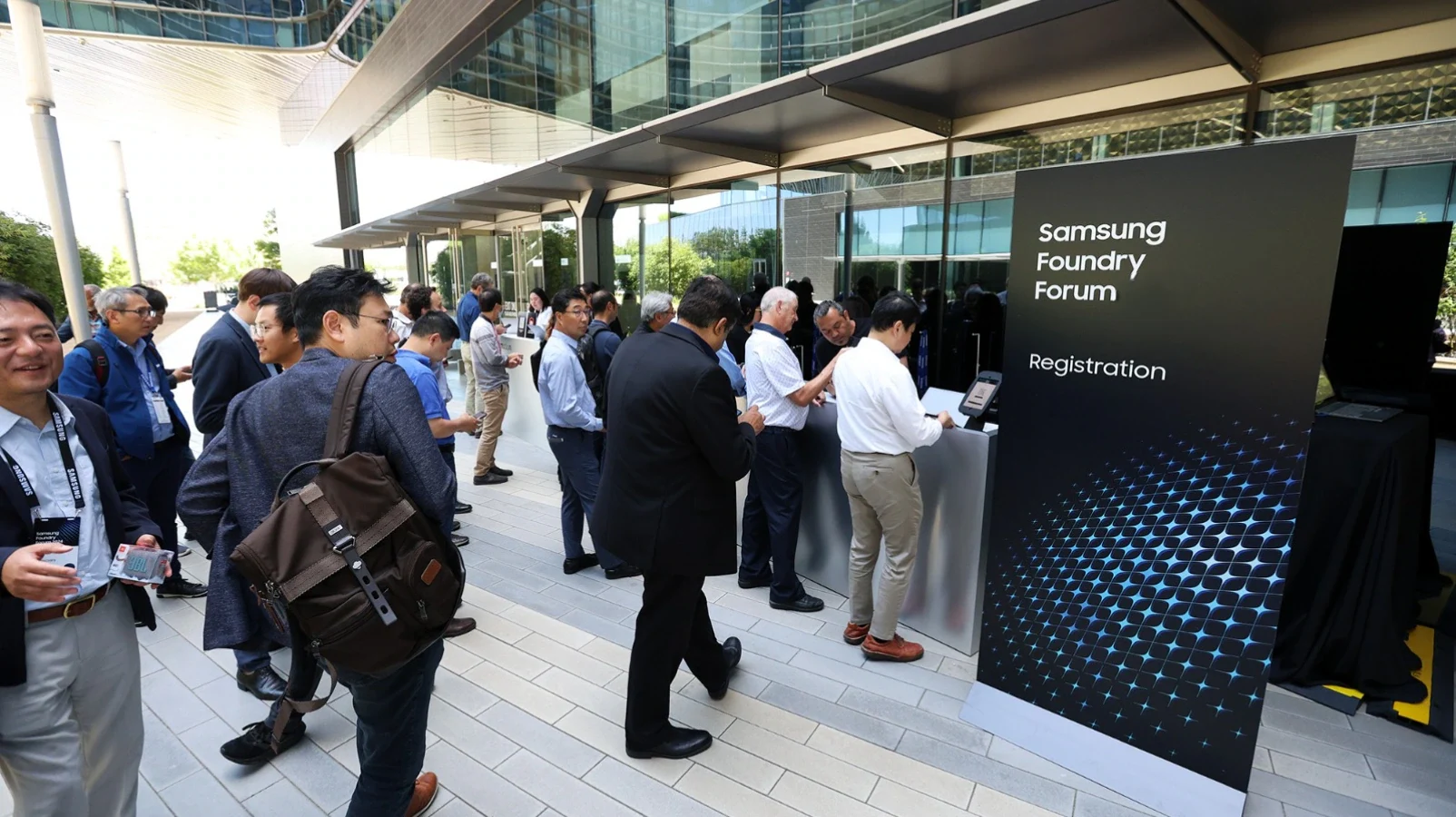Key Takeaways
1. Samsung Foundry’s 2 nm production yields have improved to 40-50%, despite reduced performance.
2. Qualcomm is considering restarting collaboration with Samsung for the Snapdragon 8 Elite 2, and Nvidia may produce a new GPU using Samsung’s 2 nm technology.
3. Nvidia is unlikely to use Samsung for its AI and data center chips due to strong ties with TSMC.
4. Future Nvidia RTX 60 series gaming GPUs may benefit from Samsung’s GAA FET-based SF2 technology, but performance gains might be limited.
5. Upcoming months are crucial for Samsung’s Foundry business, as Nvidia and Qualcomm’s decisions could lead to more contracts and opportunities.
Samsung Foundry’s troubles may finally be coming to a close in the near future. An earlier article mentioned that their 2 nm production yields have improved to between 40-50%, but this has come with a reduction in performance. Even so, this hasn’t stopped major companies from considering the chipmaker. Qualcomm might restart its collaboration with Samsung Foundry for the Snapdragon 8 Elite 2 for Galaxy, and according to a recent report from Chosun, Nvidia could also follow suit.
Nvidia’s Next Move
The report suggests that a new Nvidia GPU could be produced using Samsung Foundry’s 2 nm technology. However, it doesn’t specify which variant (SF2/SF2P) is in question, and it’s too early to make any predictions. Nvidia’s highly profitable AI and data center chips are unlikely to be chosen due to the company’s strong ties with TSMC. Moreover, an alleged roadmap from TSMC earlier indicated some of its 2 nm clients, which included Nvidia.
Future Gaming GPUs
This leads us to the next generation of RTX 60 series gaming GPUs, which will utilize the Rubin architecture. Nvidia has previously collaborated with Samsung Foundry’s 8N technology for the Ampere (RTX 30 series) chips. Transitioning from TSMC’s Fin FET-based 4NP to Samsung’s GAA FET-based SF2 may bring some performance gains, but they probably won’t be as significant as the leap from Ampere to Ada Lovelace.
Opportunities Ahead
That being said, there’s a good possibility that Nvidia may choose Samsung’s nodes for its upcoming laptop GPUs or Windows-on-Arm products. Laptop processors are generally much smaller and simpler to produce. For instance, the Snapdragon X Elite has a die area of around 170 mm², while Nvidia’s flagship GB202 GPU is a massive 750 mm². Large chips like this are usually manufactured on established nodes, and SF2/SF2P has not been around long enough to be considered mature.
In the upcoming months, Nvidia and Qualcomm will play a key role in determining the future of Samsung’s Foundry business. At the moment, Samsung doesn’t even need to surpass TSMC; matching their performance would be enough. If things turn out positively, more contracts could be on the horizon because Samsung, despite its challenges, has a strategy that keeps pace with its rivals. Its SF2Z node set for 2027 has backside power delivery, and its 1.4 nm SF1.4 is timed close to TSMC’s planned release of its A14 node.
Source:
Link


Leave a Reply